How to Drive Through a Roundabout

Roundabout, traffic circle, rotary, gyratory, whatever you call these curving intersections they can be quite confusing to drivers that have never experienced one before. With yield signs, bike lanes and pedestrian crossings there’s a lot going on in a small area and plenty of opportunity to screw things up. But here are a few helpful hints on how to navigate these labyrinthine road junctions.
What is a Roundabout?
Roundabouts reduce delays and significantly lower the likelihood of collisions, injuries and fatalities. Since drivers must yield to oncoming vehicles and are only permitted to exit by taking a right turn, these traffic-controlling intersections virtually eliminate the risk of getting T-boned or encountering a head-on crash.
Single-Lane Roundabouts
Single-lane roundabouts are the simplest form of traffic circle. They have one lane of travel in each direction, hence the name.
As you approach one of these roundabouts, slow down. Check for oncoming traffic, cyclists and pedestrians as necessary. If the coast is clear there’s no need to stop, just keep on moving; stay in your lane and continue through.
SEE ALSO: How to Drive on Snow and Ice
It’s not advisable to stop in a roundabout unless required by traffic conditions. This also applies when emergency vehicles come up behind you. Proceed through the roundabout to your exit, then pull over and stop to let them pass.
In addition to these tips it’s also not a good idea to drive next to large vehicles like tractor trailers; sometimes they’ll take up both lanes and depending on how tight the turn is they could tip over and trust us, you do not want to get crushed by a dump truck or some other gargantuan rig.
Multi-Lane Roundabouts
Multi-lane rotaries up the complexity factor by having several lanes of travel in the same direction. The basic rules still apply, yield to oncoming traffic and pedestrians, proceed slowly and safely through the intersection, keep an eye out for oversized vehicles, but there are a few extra variables.
If you’re going straight through either lane will work, but if you plan on immediately turning right it makes the most sense to stay in the right lane. Likewise if you’re continuing through the roundabout to travel in a different direction or make a U-turn stay to the left until you reach the road you wish to drive on. Make sense? Good.
And remember, in a multi-lane rotary you should yield to all lanes of traffic, not just the one you’re in. It’s also inadvisable to change lanes while driving through a multi-lane roundabout.
The Future is Round
At first glance rotaries can seem confusing, but their benefits cannot be ignored. They cut down congestion, allow for easy U-turns and are dramatically safer than conventional intersections for both drivers and pedestrians. For these reasons it’s easy to see why roundabouts are becoming more and more popular in America.

Born and raised in metro Detroit, Craig was steeped in mechanics from childhood. He feels as much at home with a wrench or welding gun in his hand as he does behind the wheel or in front of a camera. Putting his Bachelor's Degree in Journalism to good use, he's always pumping out videos, reviews, and features for AutoGuide.com. When the workday is over, he can be found out driving his fully restored 1936 Ford V8 sedan. Craig has covered the automotive industry full time for more than 10 years and is a member of the Automotive Press Association (APA) and Midwest Automotive Media Association (MAMA).
More by Craig Cole





















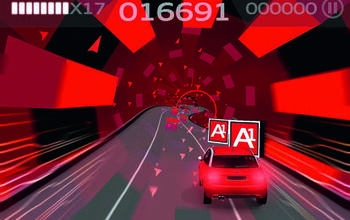
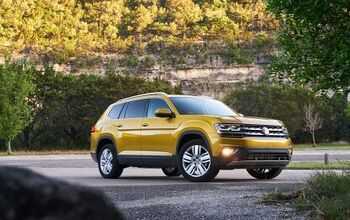



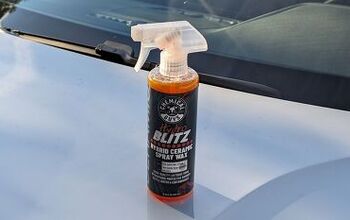
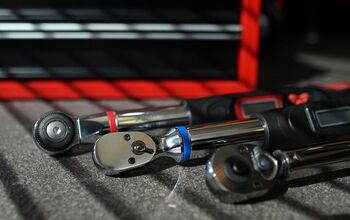

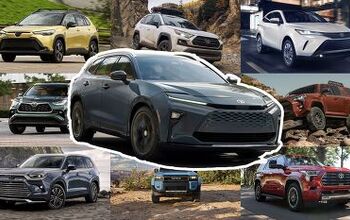





Comments
Join the conversation